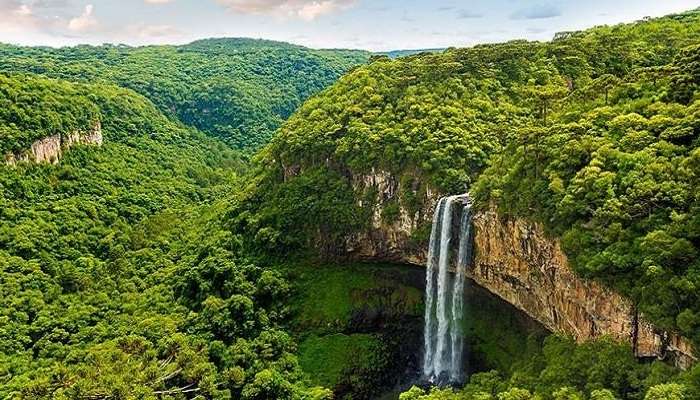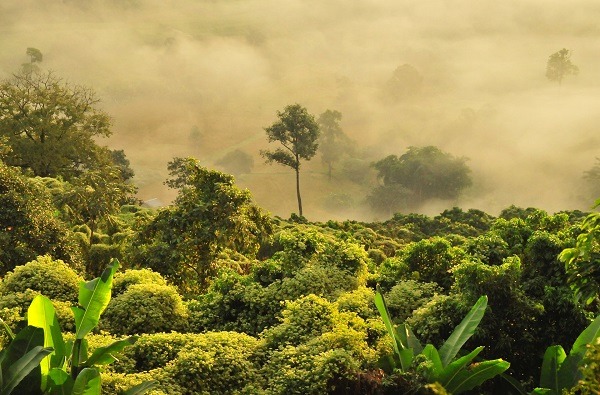How Does Deforestation Affect the Common Citizen?
We’ve all heard about the threats the Amazon rainforest suffers from big oil and mining industries. Climate change and deforestation have been popular topics since the late twentieth century. But what is there for the ordinary citizen? Why would a person living in a city care enough about a single forest miles away from home? Let us tell you about it!
ENVIRONMENTECONOMYHEALTHCOMMON BENEFIT
First, let's take a moment to appreciate the incredible diversity of Brazil's indigenous peoples. Representing half of the remaining tropical forests on the planet, the Amazon rainforest is the most biodiverse region on Earth and is home to 1.7 million people belonging to 375 indigenous groups, meaning it is also rich in cultural diversity.


Photograph by Scott Wallace for National Geographic
What are one of the main threats to the Amazon rainforest?
From May 19 to October 31, 2021, forest fires ripped through 519,000 hectares of the Amazon, with Brazil responsible for most of the damage.
Fires have been on the rise in recent years. These are typically set intentionally after deforestation, as part of a technique called slash-and-burn to clear land for agriculture.


Photograph by Boudewijn Huysmans for Unsplash
What are the health damages caused by deforestation?


Photograph by Olga Kononenko for Unsplash
Smoke from wildfires is linked to an increase in respiratory hospitalizations.
Wildfires also carry socioeconomic consequences that add to hospitalization costs.


Photograph by Itay Kabalo for Unsplash
Forest fires are responsible for 90% of global emissions of particulate matter and atmospheric trace gases.
Have you ever wondered how it feels to smoke 7 cigars a day for several days? Well, that's the equivalent of exposing yourself to wildfire smoke.


Original Image generated with AI
Green areas and forest areas provide various services, including the regulation of air quality. The foliage surface acts as a biofilter for air pollution thanks to the texture and surface of the leaves, which reduces the concentration of air pollutants.
The Amazon rainforest can potentially absorb 27,000 tons of particulate matter per year. It literally purifies the air and is much more efficient and beautiful than your average Clean Air Delivery 400.
So there is data on the effectiveness of these natural systems in urban areas, but what about rural areas? A group of scientists carried out an investigation: Protecting Brazilian Amazon Indigenous territories reduces atmospheric particulates and avoids associated health impacts and costs. They used a model focused on particulate matter from forest fires. It turns out that, in the rural areas corresponding to the Amazonian municipalities and the indigenous territories of Brazil, the better preserved the forest structure, the lower the number of cases of infections and respiratory diseases reported. The relationship between the two is so close that each 1% of the deforested area could generate 82 new cases of infection with a statistical error of ±4 cases.
What are the health damages caused by deforestation?


Original Image generated with AI
Based on data from the Brazilian Ministry of Health, scientists determined that the average cost for hospitalization and treatment of fire-related illnesses is $132.28 USD, based on the total number of cases. This indicates that the estimated cost for each 1 kilogram of particulate matter emitted into the atmosphere is between $28,000 USD per year.
Costs can vary in different municipalities, with some locations charging up to $10,000 USD per kilogram of particulate matter released. Although, rounding up the numbers, it could be concluded that protecting indigenous territories could prevent 15 million respiratory and cardiovascular infections per year, which would save the Brazilian government around $2 billion USD





